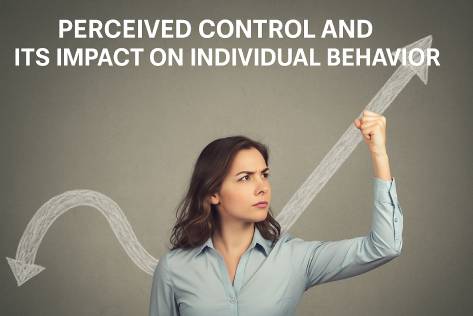The Link Between Population Policy, Human Capital, and Our Choices
The decisions that we make on a daily basis are influenced by a variety of elements, including population policy, investment in human capital, and the belief that we can control our lives. These elements greatly influence our behavior, whether in private decisions, work-related choices, or social life. By discovering how investments in human capital and population policies affect the options we have available to us and how perceived control affects our choices, we can gain useful information about the forces that shape our actions and the fate of society.
Latest articles:

Understanding the Psychology of Risk and Decision-Making
Risk-taking behaviors and decisions refer to actions that tend to cause harm to the person taking them or other people. Scientists believe there is a science behind these actions. They believe socioeconomic and cognitive factors affect how we make risky decisions.
There has not been enough research to determine the influence of emotional and hormonal factors. However, our team at Cognitive View has studied how psychological factors affect risky behaviors. This article will delve into the results of our studies.

Perceived Control and Its Impact on Individual Behavior
Perceived behavioral control refers to the belief that an individual can influence events and outcomes of actions in their life. Recent studies show that perceived control plays a significant role in influencing human behavior.
Do you want to learn how perceived behavioral control affects our daily lives? Read on as we discuss research-based facts!

Quantity–Quality Trade-off - Population Policy and Human Capital Investment
The relationship between human capital investment and population policy has been the central theme in economic development. The quantity-quality trade-off has been a rich source of this relationship. It is based on the premise that as family size increases, so does the amount of resources per child decrease. It then goes on to state that as resources are scarce, the quality of health and education that each household receives starts to deteriorate.
In case you missed
You’re not in control of your decisions.
— Michael Anderson (@Slothenater) March 29, 2025
This Nobel Prize winner spent 37+ years proving it.
He exposed a psychological flaw in human decision-making.
Once you see it, you can’t unsee it.
And you'll question every decision you've ever made: 🧵 pic.twitter.com/z4AsEt8hYF

